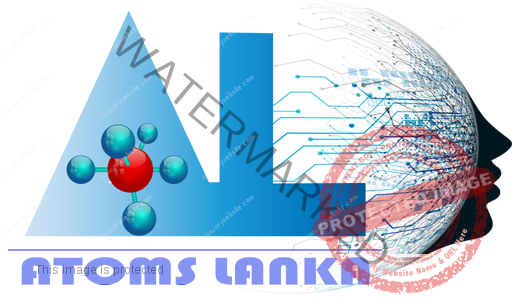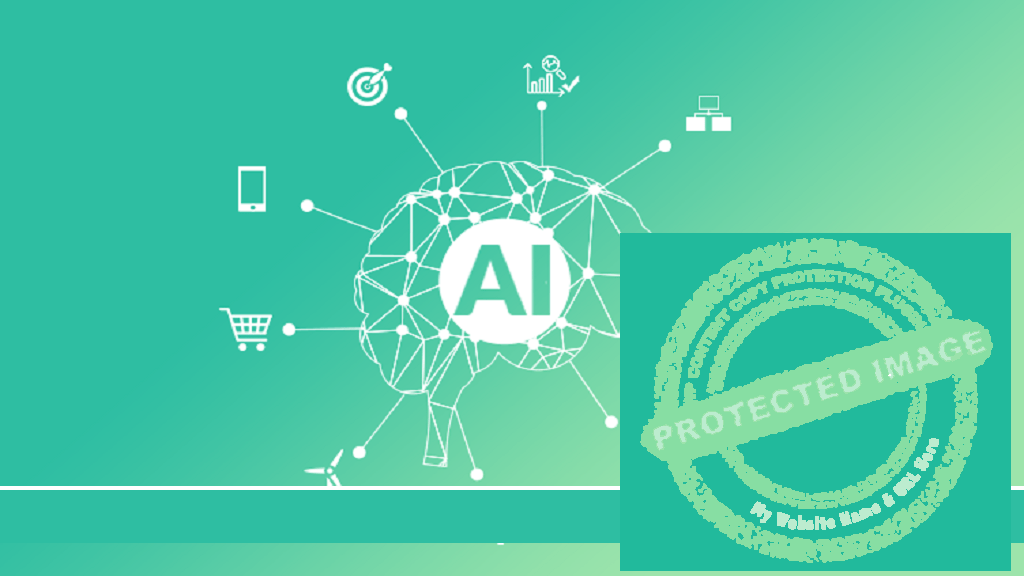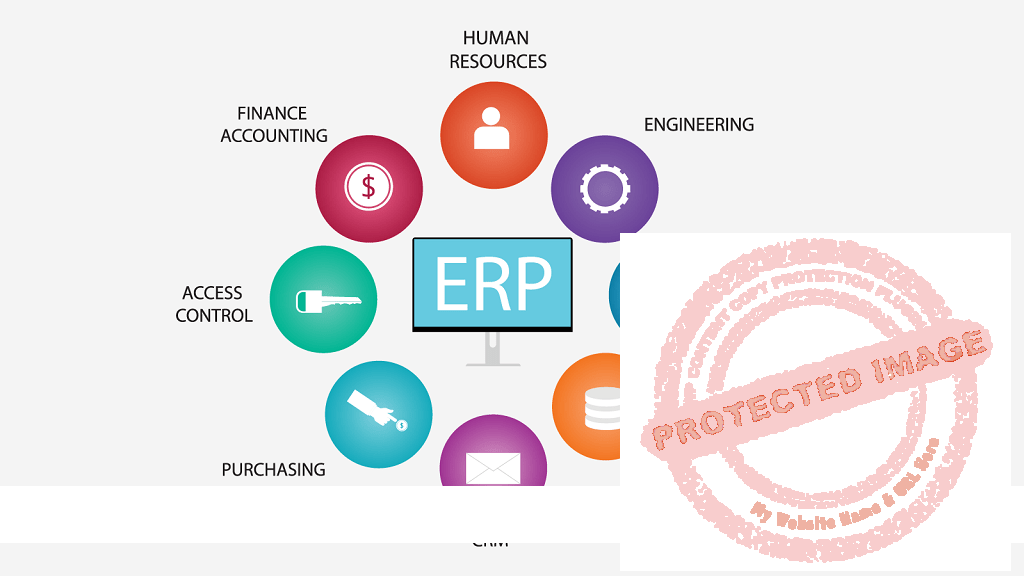Developing Enterprise Business Applications can help you streamline processes, improve customer experience, and increase profitability while giving you better control over your data. But developing an Enterprise Application can seem like a daunting task for some of us. Where do you start? How can you be sure it meets the needs of your business? What technology do you need to make it happen?
In this article, we will take you through the steps necessary to develop an Enterprise Application for my business, from planning and scoping to coding and testing. We also provide plenty of tips and tricks along the way so that your project is successful and runs smoothly. Let us get started!
What are Enterprise Business Applications?
Enterprise Applications are software programs designed to address the specific needs of large businesses and organizations. They enable companies to run complex operations, automate, process, store, manage and analyze data, and improve efficiency. Not all business systems are Enterprise applications. All Enterprise Applications aim to help organizations increase productivity, reduce costs, and improve overall performance.
When developing an Enterprise Application, it is important to understand the specific needs of your business or organization. Some of the key considerations include:
How can Enterprise Applications help Streamline your Business Processes?
Did you know that Enterprise applications can help you to streamline your business processes?
This means that tasks become much more efficient, and you can save time and money while doing them.
To unlock the power of Enterprise Business Applications, here are a few key steps.
- Identify what areas of your business could benefit most.
- Research the Enterprise applications available on the market, so that you can decide which one is right for your business.
- Look at how well the Enterprise application integrates with current systems and processes in your business.
- Decide the best way to implement the new system and think about how to get your team up to speed with the innovative technology.
Once you have identified, what areas of your business could benefit most from the Enterprise application, it is time to start exploring how implementing such technology can help you streamline processes by automating manual tasks and making data more accessible for analysis. This can lead to improved performance and customer engagement and cost-savings in time and resources invested.
- What tasks or processes will you be automating?
- How much data are you dealing with?
- What reporting tools will you need?
- Will there be any third-party integrations?
- Is the application secure enough for sensitive information?
- What scalability requirements will it have?
By understanding the answers to these questions, you can be better equipped to create an application that needs your organization and its users.
What do you Need to Know Before Building an Enterprise Application?
Building an Enterprise Business Application is like building another type of software. It requires technical knowledge and skill. But there are a few special considerations that you need to be aware of when it comes to developing an Enterprise Application.
Firstly, you need to understand what type of application you are building and what needs to be done. Consider the context: who will be using the app? What business processes does it have to support? What data does it need to access? There are all important questions that you should answer before starting development.
Secondly, you need to consider scalability. This is especially important for Enterprise applications, as they tend to involve a lot of people working together, which means they need an infrastructure that can handle substantial amounts of data and multiple concurrent users without any issues. You should also consider security Enterprise apps that handle sensitive information, so make sure your app has the appropriate levels of authentication and encryption in place.
Finally, understand the process of development, all Enterprise applications involve a series of steps such as design, development, testing, and deployment.
What are the Different Types of Enterprise Applications?
1. Custom Relationship Management (CRM):
CRM systems support businesses of all sizes in streamlining operations, enhancing communication, better customer experiences, and increasing collaboration. The objective is to strengthen interactions with customers to promote client retention and increase sales. CRM systems gather information about customers from various points of contact between them and the business such as the company’s website, and phone live chat. direct mail, marketing materials, and social media.
2. Human Resource Management System (HRMS):
The human resource management system (HRMS) application helps to manage HR (Human Resources) activities. It contains employee information and supports various human resource functions, such as benefits, payroll, recruiting, training, etc. This enterprise application serves as a centralized data repository for employee information. There are 5 types of HRMS enterprise applications. These are Operational HRMS, Strategic HRMS, Tactical HRMS, Comprehensive HRMS Limited-function, or specialized HRMS.
3. Enterprise Resource Planning (ERP):
Enterprise resource planning is a business management software that enables the control of all company divisions from a specific location. ERP software enhances the corresponding departments by automating crucial operational tasks. We at OTS Solutions build the best ERP software to help your business.
How to Plan and Design Your Enterprise Application?
Now it is time to dig into more details. Planning and designing your application is essential for success, so let us look at how to approach it.
1. Assess the requirements:
Before anything else, take the time to assess what your application needs to do to meet users’ expectations. Think about the goal of your application and consider what solutions or features you should incorporate to meet that goal. Make sure you understand exactly what problem your application needs to solve and what resources you have available before moving forward with development.
2. Choose your technology:
Once you have assessed the requirements, it is important to choose which technology will best address those requirements while still meeting user preferences. Technologies such as JAVA, .NET, Python, Ruby on Rails, PHP, and others are all feasible options for building an enterprise application. Choose one that fits within your budget and allows for future scalability so that your app can grow.
3. Design your interface:
The User interface (UI) is critical for creating a successful enterprise application since it determines how users interact with the system. Keep usability in mind when designing with clean lines, avoiding overly complex navigation menus, and opting for a minimalist design. If possible, test out some distinctive designs with focus groups or beta user testers before launching your product publicly.
Enterprise Application Development Process
It is crucial to understand the process of developing an app for your business. A successful project requires attention to detail planning and the right resources.
Step 1: Set clear objectives.
The first step is to set specific objects for your application what do you wanted to do what features do you need once you have a sharp vision of what you want your app to accomplish, we can move on to the next step.
Step 2: Define technical requirements.
Now it is time to define the technical requirements for your application this includes things such as what software and hardware are needed, what platforms will be supported (mobile vs. web) how many users are expected etc. All this information is sequential for planning the rest of the development process.
Step 3: Design and develop the app.
For this step, you will need a team of experienced developers who can make your application come alive this includes writing code, designing user interfaces, developing a testing plan, and integrating with existing data systems and databases. Some of the enterprise application development programming languages are JAVA, Python, C/C++, JavaScript, Swift, etc. The goal here is to create an application that meets all your functional requirements and performs well in different scenarios.
Step 4: Test and Deploy
Once your application has been developed, it is time for deployment and testing. At this stage, you will need to thoroughly test your application on various platforms and devices before making it available publicly. You also need to make sure that all security protocols have been implemented properly before deployment.
Maintenance and Support for your Applications
Maintenance and support are essential after the completion of your project. Not only do they ensure the integrity of the system, but they can also make or break user adoption.
Here are a few key tips to keep in mind when it comes to maintenance and support.
1. Automation:
Automation is a fantastic way to reduce manual efforts and streamline application development processes. It helps developers quickly identify bugs, deploy, update, and respond to requests faster. Automated testing can be used for verifying an application’s performance, as well as for validating its security and usability.
2. Accessibility:
Businesses often need access from multiple devices, platforms, and locations. The application should be made available through web-based portals for easy access from any device. This will empower teams to perform tasks quickly and with greater accuracy from any location.
3. Monitoring:
Regular monitoring of the application is essential for identifying problems quickly and taking corrective action before any major damage has been done. Consider using monitoring tools such as log analyzers log aggregators and states system status monitors these tools help provide real-time visibility in 2 performance issues that can be addressed right away.
A well-designed maintenance plan can go a long way in ensuring your application runs smoothly even with frequent changes. Keeping up with these best practices will help you stay on top of your game when developing enterprise applications for your business.
Benefits of Enterprise Applications for Your Business
If you are a business owner, then you know how important is to make the most of your resources and stay competitive in the market.
One way to do that is by introducing enterprise applications into your business workflow- but what exactly can they do for you?
Enterprise applications provide a higher level of functionality and stability than regular applications. They are also usually more scalable, reliable, and secure. Let us discuss these advantages in detail.
1. Offer powerful data storage:
Enterprise applications offer you powerful data storage and scalability capabilities. That means that your business grows, and so does your access to a large amount of data – guaranteeing that all your information is securely stored, easily accessible for future use, and up to date so that you never miss opportunities.
2. Increases productivity:
Enterprise application provides increased productivity. These applications ensure great collaboration with streamlined processes. It also ensures the connectivity of different team members so that they can work on given projects more effectively. These applications provide flexibility to the system, and hence your employees enhance their performance by using these applications.
3. Save time and effort:
This application can save you time in performing daily tasks and responding to customer queries easily. Nowadays, these enterprise applications are built on cloud technology. So, these applications have all These applications have access to real-time information and help in report generation which helps stakeholders to save a lot of time. These applications also help in improving sales and marketing strategies.
4. Bring Automation and reduced Costs:
The development of enterprise applications serves the only objective of automating time-consuming and laborious operations. Your application can automate time-consuming tasks based on the effort each procedure takes. This allows companies to focus on other essential tasks. The integration of enterprise applications with your company will turn manual tasks into automated ones.
On top of this, enterprise applications can also allow for seamless communication between departments and help streamline the time-consuming process. Imagine having the ability to connect sales, accounting, and customer service systems with one another, allowing each department to collaborate quickly and efficiently on projects with accurate results. With enterprise applications, this dream can become a reality.
Points to Consider Before Developing Enterprise Applications
No matter which type of enterprise application you choose, there are some essential factors to keep in mind. It is important to focus on simplicity and user experience when developing any mobile application. Let us understand the crucial points that you must keep in your mind before developing enterprise applications.
1. Defining the scope of the application:
Identify stakeholders: It is important to identify all stakeholders and users who will be using or impacted by the mobile app. This will help ensure that all party’s needs are taken into consideration during development.
2. Set clear objectives:
It is vital to establish clear objectives for the mobile application project that are achievable, measurable, and realistic. Having well-defined goals will make it easier for everyone involved to stay focused on achieving them.
3. Determine timelines and resources:
Once you understand what needs to be done, it is time to determine how much time and budget are required for its successful completion. Doing this right away will allow you to save time and money throughout the development process.
4. UI/UX strategy to develop an application:
Choosing the right design is key to creating enterprise mobile app. you need a solid user interface and user experience strategy that will ensure a positive experience for your users.
5. Focus on the user’s need:
The UI UX strategy should be developed by keeping the user in mind. it should consider how users interact with the app what features they need and what kind of information they want to access quickly and efficiently.
6. Design for mobile apps:
Designing for mobile devices is different from designing for desktop or web applications, as many of the typical interactions are different. To make sure your app is user friendly you need to understand how interactions work with mobile applications and design it accordingly.
7. Plan for scalability and adaptability:
Another key factor to keep in mind when developing an enterprise mobile app is scalability and adaptability. The app needs to be able to scale up or down depending on the number of users as well as be able to adapt easily across different platforms and devices.
8. Clean and intuitive Design:
You want to make sure that your design is clean and intuitive. A well-designed application should be easy to navigate, with clear menus and buttons that make it easy for users to find what they are looking for quickly and easily.
9/ Understanding the Technology Stack:
Before you start developing your enterprise mobile app, it is important to understand the technology stack. The technology stack is the set of programming languages, tools, and frameworks that are used in the development process.
If you want your application to be fast and efficient, so it is important to choose a tech stack that allows you to do this. Here are a few considerations when selecting your tech stack:
10. Scalability:
You want an app that can quickly scale up or down as needed. Look for tech stack that offers scalability so you can easily accommodate any growth or contraction in user demand.
11. Performance:
Make sure you select technologies and frameworks with superior performance characteristics so you application runs smoothly and efficiently. Performance is key when it comes to Enterprise mobile apps. Surely, you do not want an app that lags or slow in response.
12. Security:
Security should be the top priority with any Enterprise mobile application. Choose a tech stack with strong security features built-in, such as encryption protocols, authentication measures, and data protection features. You should also consider using private cloud infrastructure for additional security layers.
These are crucial factors to keep in mind when choosing the right technology stack for your Enterprise application development. With the right tools in place, you can ensure that your app is fast, efficient, and secure for an optimal user experience.
Best Practices for Developing Enterprise Applications:
Developing enterprise applications can be a complex process, but it does not have to be. There are some best practices to keep in mind when developing enterprise applications that will ensure success and smooth operations. Challenges of enterprise mobile application development can be overcome by using these practices.
1. Code Quality
Primarily, the code quality you develop for your application should exceed that of a customer application. It should be robust, built for scale, and able to handle substantial amounts of data. You should also take into consideration any industry standards for coding guidelines or protocols.
2. User Experience
The User experience of an Enterprise application should be intuitive and streamlined to ensure ease-of-use. The interface design should be logical and straightforward, making navigation easy to users and quickly complete their tasks. Additionally, the application should have features such as custom roles and permissions that allow you to properly configure access levels by user.
3. Data security
Data security is essential when developing an Enterprise application. Secure authentication methods such as multi-factor authentication (MFA) is a key component to prevent unauthorized access or misuse of data within the system. Additionally, there are frequent backups to ensure data is always protected from external threats.
By following these best practices when designing an Enterprise application, you will be able to develop a secure and user-friendly solution that meets all your business needs.
Why should you choose OTS Solutions for the Enterprise Application Development Process?
We are heading ahead to bring Enterprise Digital Transformation within your business. We possess 20+ years of experience in building Enterprise Applications for our clients. Contact us to find out more about our software development processes. Our team is one of the best teams in integrating our Enterprise Application Development Services into your business. Let us discuss the requirements in detail.
Also Read: How Custom Apps Can Help Enterprises Grow? A Comprehensive Guide.
Conclusion:
To conclude, developing Enterprise Business Applications can seem like a daunting task, but armed with the right knowledge and well-thought-out plans, it is certainly achievable. Whether you are a developer, a business owner, or a project manager, understand the importance of focusing on customer needs, smart solutions, and a solid foundation to build your application on. With a bit of patience, effort, and planning, it is possible to build an Enterprise application that helps any business succeed.
Ready to embark on your enterprise application journey?
Discover how our enterprise application development services can drive growth and efficiency for your organization.
Get in Touch
Frequently Asked Questions:
What is the role of Enterprise Applications in an organization?
To promote collaboration and task coordination across the organization, Enterprise Apps are created to integrate computer systems that operate every aspect of an organization’s activities.
How long does it take to develop Enterprise software?
On average, it takes around 4-9 months to build Enterprise Applications. The development time is also dependent upon the features of your application.
How can I make my Enterprise Application more responsive?
One way to improve your software’s responsiveness is to reduce the amount of data transferred between the application and the database. You can also try to reduce the time that it takes for the application to respond to user input. Finally, you can use caching to improve the response time.
Can the Enterprise application be deployed on-premises?
Yes, Enterprise applications can be deployed on-premises.
The post The Complete Guide To Developing Enterprise Applications For Any Business appeared first on OTS Solutions.
Atoms Lanka Solutions

















